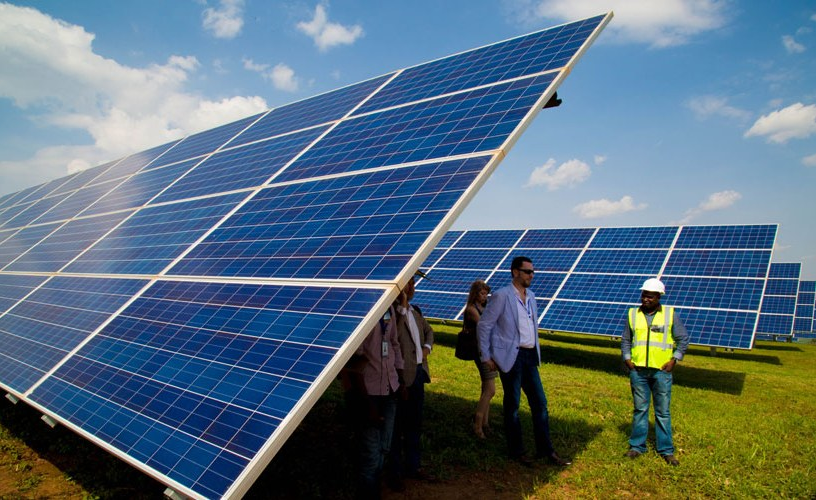

Rwanda and Sweden this week signed a loan guarantee agreement to extend Development Bank of Rwanda’s capacity to extend lending to SMEs involved in the renewable energy sector.
Energy generation has long been seen as a prerogative of the government with hardly a footprint of the private sector. It has also been seen as an expensive affair, conjuring images of building huge hydro dams or the more complicated use of peat and thermal sources of energy.
That mindset began to change with the entry into the sector of the private sector, especially exploiting the methane gas in Lake Kivu. But there are other smaller scale sources of renewable energy that can be connected to the national grid without hurting the pocket too much. That is what the above agreement has come to address.
Rwanda has considerable resources to generate renewable energy, one of the areas that the government has set its sights on in a bid to reduce dependence on fossil fuels to cut down CO2 emissions.
According to the National Institute of Statistics, between2013 and 2014, electricity accounted to only 19.8 percent as the source of lighting. That gives a vivid picture of the extent fossil fuels are our everyday companions.
Solar energy is slowly getting into the picture but its uptake is still slow - even for simple things like heating water - yet solar irradiation ranges from 4kwh/m2 to 5.4 kwh/m2. The many streams and rivers are also sources of renewable energy but they are lying idle, yet small turbines can be installed; it doesn’t have to be a mega project.
But there are definitely opportunities in the renewable energy sector, they only need takers.


